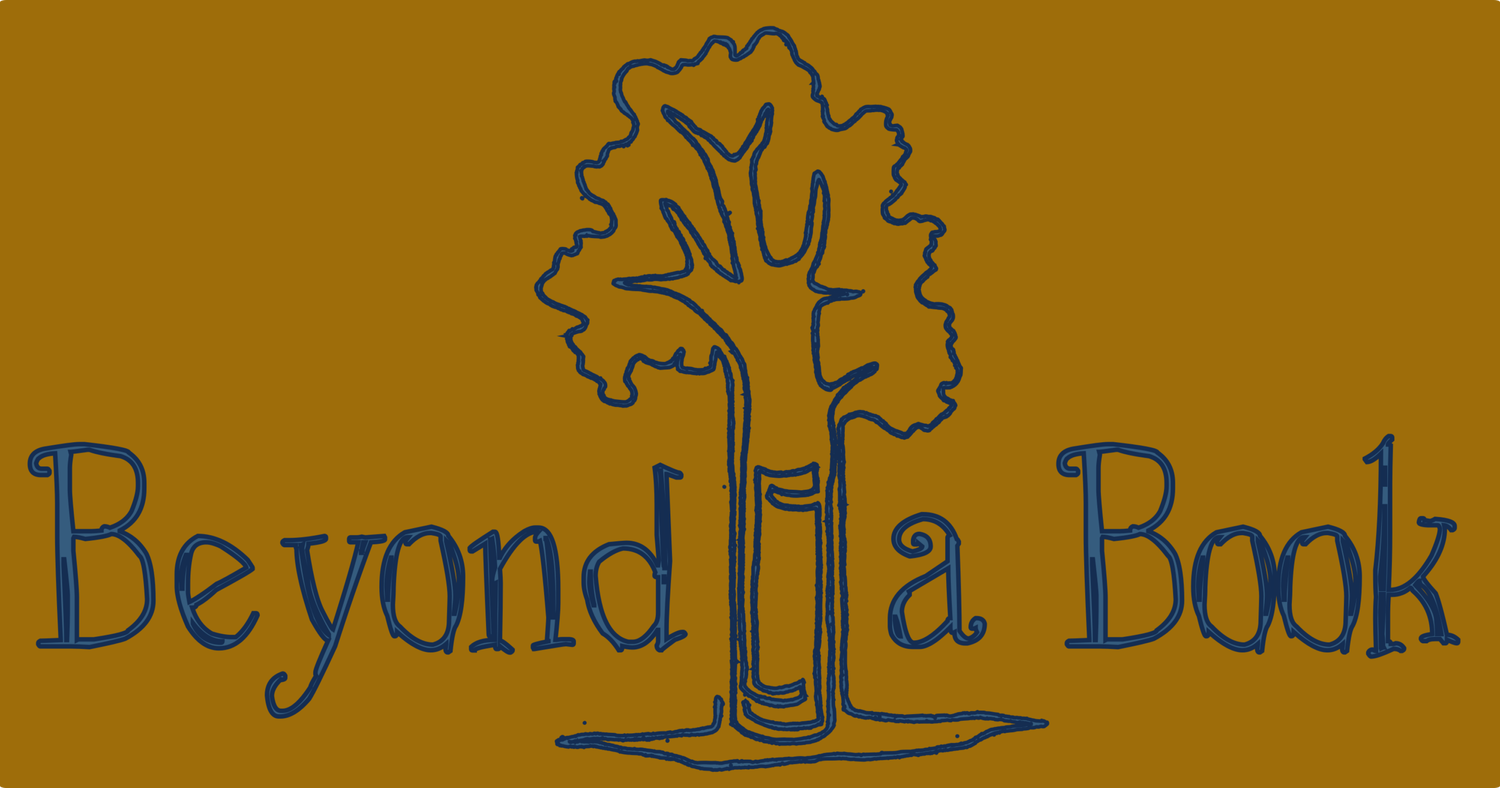On The River offered a variety of free, self-contained, and easy to integrate tools. By using adventure-linked education to connect students to content standards, the aim was to make authentic learning experiences that will last a lifetime. By connecting students to the water that flows through their town with an exciting canoe adventure from source to sea, we created relevant, engaging experiences for students across the country.
"[It was great] to meet lifelong learners who chose to be involved in science and conservation not because they had to or were getting paid to, but because they were passionate about it." -Mrs. Gillespie, 7th and 8th grade science
"My class loved getting to meet the On The River crew that we had been following in Science class. They also loved learning about all the gear ... and learning about the bull snake and the different, interesting plants we have around the river." - Mrs. Schilling, 5th grade
"[They] handled a group of kindergarteners so well with movement breaks and attention grabbers. The powerpoint definitely kept their attention too." -Mrs. Schuchard, Kindergarten
On The River strives to be both flexible and creative, to help individual teachers meet the needs of their classrooms. Sign-up for more information and review the programing we offer to help bring curriculum to life:
Curriculum Integration
By integrating On The River across content areas, curriculum can come to life and become more engaging and relevant to students (you can read about our first successful 49-state bike tour and curriculum integration project here). We work with teachers to provide the resources they need. Programming included:
- Videos On The River: weekly videos made by the On The River team to show the diversity of the river and incorporate a theme drawn from state standards: everything from discussing adaptations of riparian wildlife to interviewing scientists studying the river. Even through the trip is over these videos are still a great resource for teachers.
- Route updates to learn geography
- Written correspondence as a reading and writing exercise
- River sketches for art assignments
- Skype phone calls to speak with adventurers and scientists
- Civic project advocating for clean water
- Letters from students upstream to students downstream explaining the goals they have to keep everyone’s water clean
- Math problems based on water flows, river miles, and all things numbers. Use our River Updates to create profile maps of the river and draw conclusions.
First graders use On The River as a platform to learn about and practice using maps.
Students in South Dakota sent us letters and drawings to cheer us on and stay in touch.
On The River Visits
This was a great opportunity for students to connect to their river, meet the team on the river and hear the story of the water flowing along side them. This was likely the most difficult to organize due to the logistics of scheduling and transportation, but rewards of connecting to nature close to home, working with scientists, and practicing observation skills made it well worth the effort. A typical river visit included:
- An introduction to our project and the river. Did you know that the Missouri and Mississippi River is the 4th largest river in the world and it connects to the ocean!?
- Hands-on demonstrations of all the gear needed to canoe for 6th months.
- Exploratory walk to find organisms that live near the river and make observations and sketches of them.
- A short trash pick-up and canoe signing pledge to send awareness not trash down the river.
Seventh graders explore the riparian zone looking for plants and animals adapted to living near water.
Instead of sending trash down the river, these fifth grade students sign one of our canoes and send their name and a promise to keep the water clean down the river.
A trash pick up allows these sixth grade students to help the river they just learned about.
Fifth grade students make observations about organisms found along the river.
Fourth grade students connect to the river, and animals that they find there, like this bull snake, become the teachers.
These sixth graders discover that nature can be found is the most unlikely places.
Classroom Visits
Classroom visits let the river and a canoe adventure come to classrooms with photos, stories and lessons from the river. During our presentation we covered the gear we carry, the jobs of the river, diversity along the river, and how to help our rivers. Classroom visits were typically 50 minutes in length and could be adapted for classrooms or larger group assemblies. Classroom visits used in conjunction with river visits maximized the lessons and connection to the river.
Students learn that this trip was our dream and even though it wasn't always easy and there were "scratches" along the way, we kept going because it was our dream.
Every presentation varied a bit depending on the needs of the school. Here grades that didn't go on a field trip were able to pledge their support to the river by signing our canoe after a presentation.
For kids that might not have access to camping gear, this is a great way to let them try it out and help them to begin to imagine ALL the possibilities.
Our Presentation included stories, photos and hands on experience with our gear. While some kindergarten classes managed to fit 15 kids in the tent, these eighth graders only managed 8.













